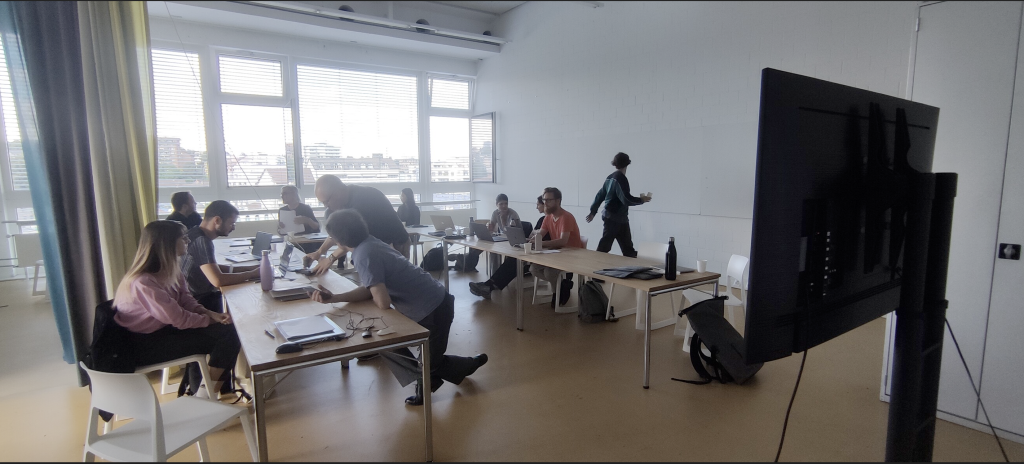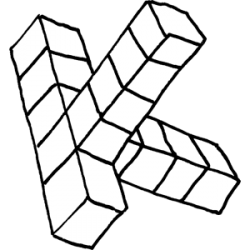This text is based on a talk I gave in September 2022 @ HSLU in Lucerne

In this talk I reflect about the affordances of computers in when used in conjunction with media, and discuss how Korsakow, the software I developed, was constructed based on these affordances.
Once and more than 20 years ago, I invented something. I invented something that did not prior exist (at least in that form) and that was later on also used by other people.
Today I want to talk about Korsakow from the perspectives of the inventor and designer.
There are a few things to say about this. For one thing, when I invented it, I wasn’t aware that it was something new. It wasn’t anything new in a way, because it was based on what was there already. In my case, primarily computers, digital video, and a vague idea of what a database is.
Affordances
What I invented didn’t come out of a vacuum but was in a way already suggested by the affordances of the computer I owned, the sound and image recording possibilities of my camera and a very vague idea of what a database could do, an understanding I primarily got through my student job at “Daimler-Chrysler Research and Technology”.
So I combined things that were actually already there, and I made use of affordances myself to create something that would later turn out to offer affordances to others.
What were those affordances, what should this software be good for?
When I think back to 1996, I remember one thing above all, this incredible fascination that computers had on me. I had already observed for a while, that everything that was dear to me – notes, texts, photos and recordings accumulated in fragments on my computer and I wished I had a button I could press and then the computer would help me to make sense of all these fragments. I wished the computer would help me to read the data in a way that I could see the emerging patterns. I wished the computer would help me decipher what I thought.
I wished for a tool that could present the connections of the things that I had in my brain, the connection of my thoughts, memories and feelings, so that I could read them and that way understand what I felt.
This was the initial idea of what this software should be good for, as far as I remember.
Those thoughts lead me led to the use of keywords as a fundamental principle, to allow a flexible connection of the elements that later were called SNUs (Smallest Narrative Unit).
The idea was to organize all the elements in an open and flexible way. The elements apart from the SNUs are the interface, (the layout of how things are presented) and and additional layers of audio and text.
Designing a tool to create interactive films
Interactivity, that allows viewers of a piece to select clips offered by the system came as a consequence of this flexible arrangement of the SNUs and the wish to make it visible that there is no fixed order of things.
Because of the decision to make it interactive, options had to be presented to the viewer – there was the necessity for buttons to be pressed. I could only think of links being text, image, sound, moving image or a key pressed on the keyboard of the computer. And I allowed for all the options above, also in combination.
The intention of the designer and affordance
From the standpoint of the designer of Korsakow (me), Korsakow was not built with the intention in mind to make people use it in a particular way, but to give people possibilities, as many options that I could think of and that I was able to realize within the limitations of the technology I had access to and by my skills and the general resources that were available. So for example eye tracking could also have been a possibility for navigating interactivity, but that was beyond my scope of possibilities. So one could say the affordances that I made use of, were in the objects I used (computer, recording, database) and the environment I was in (things like my skill set or funding opportunities).

